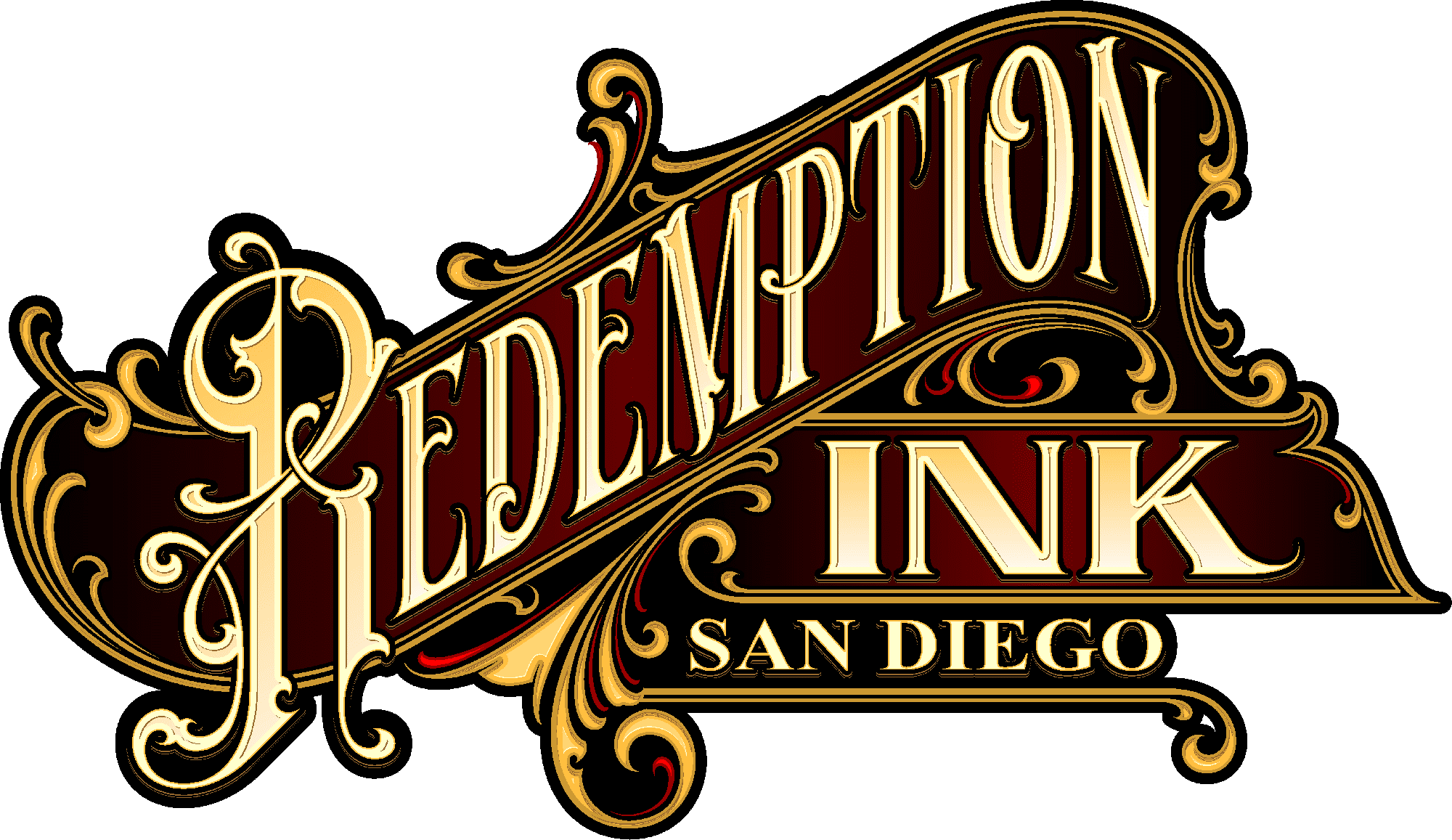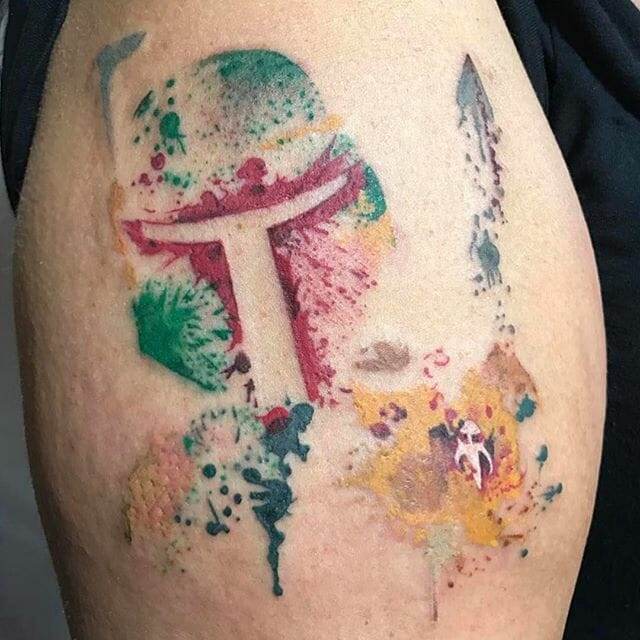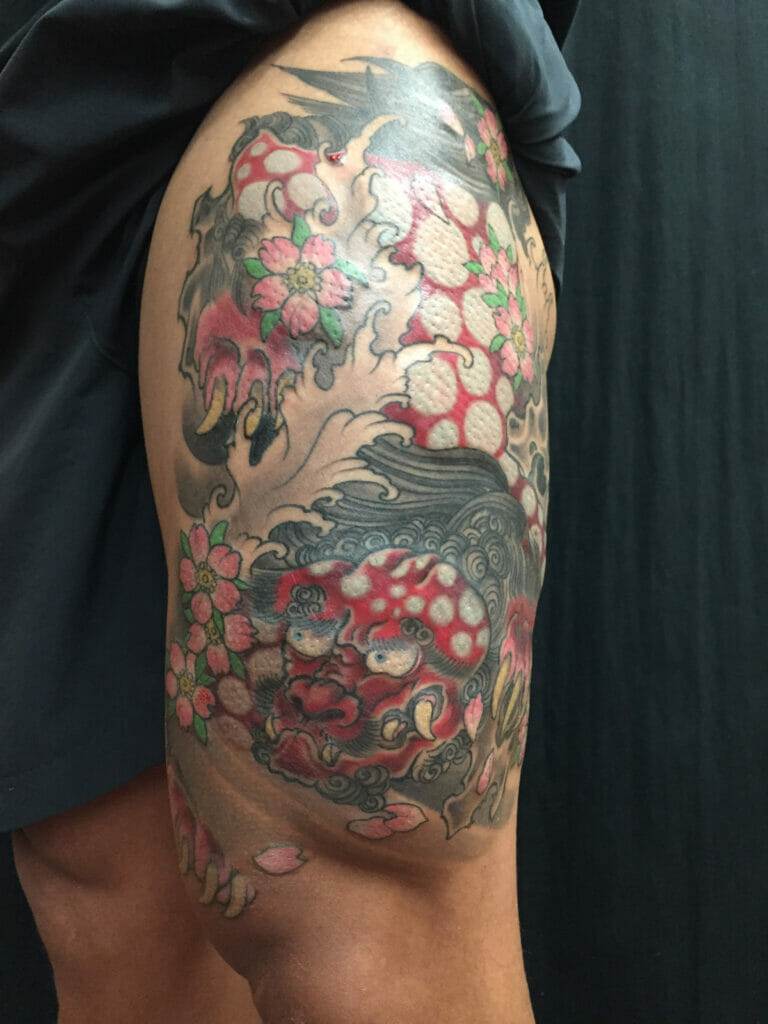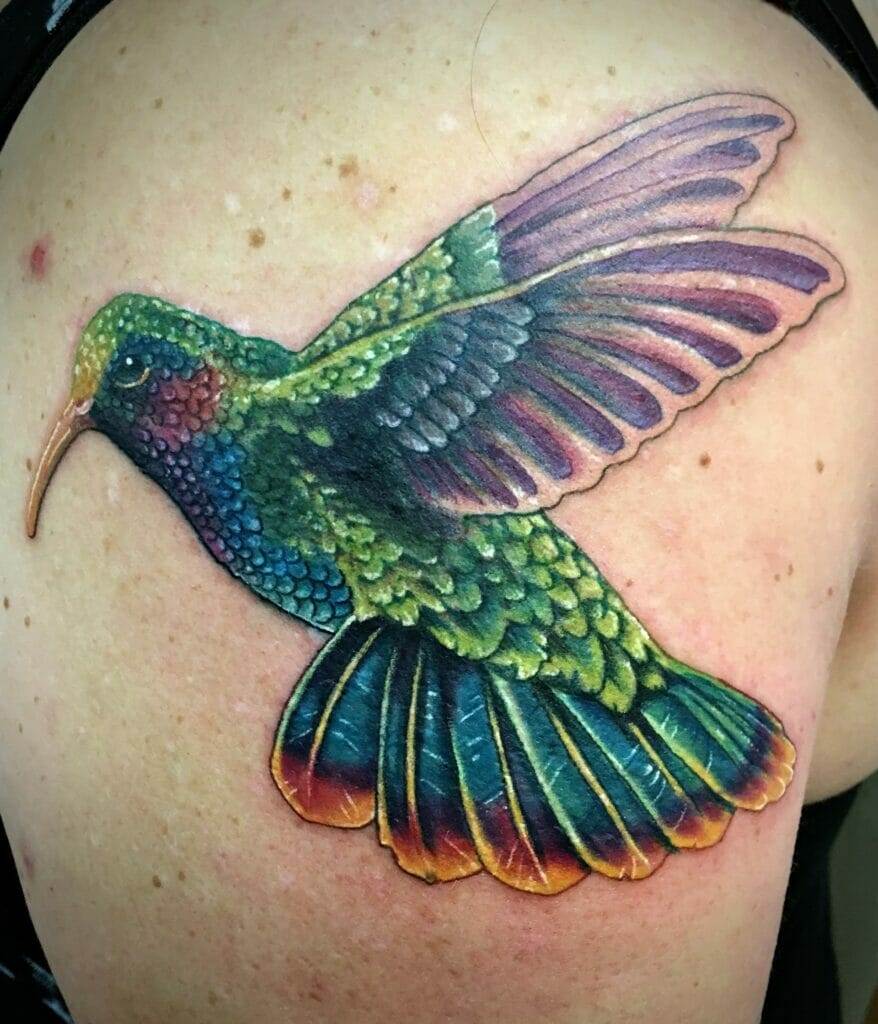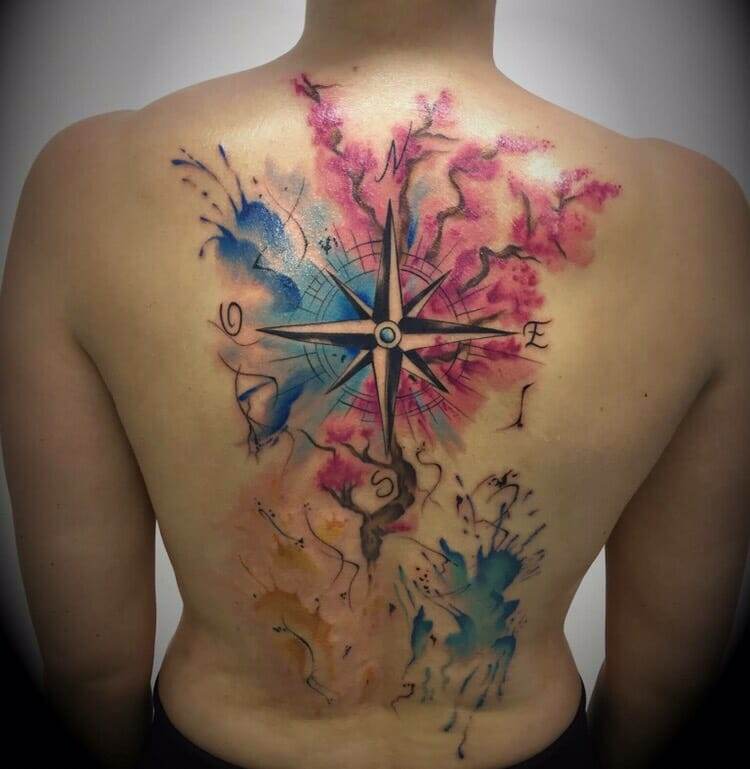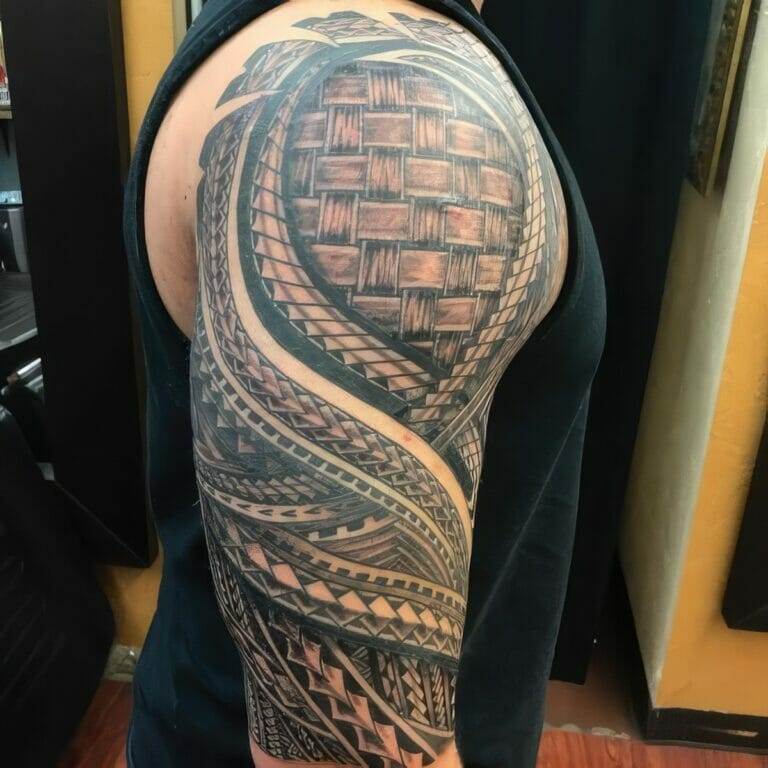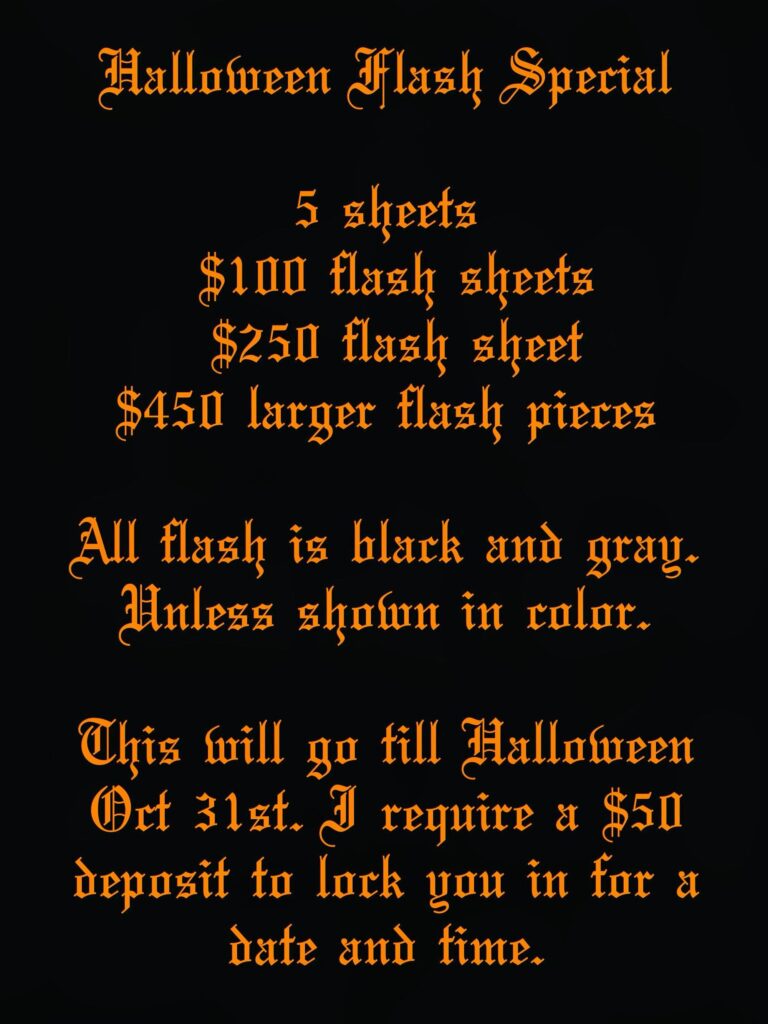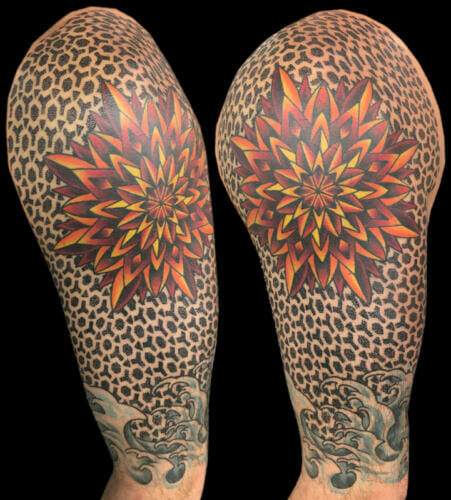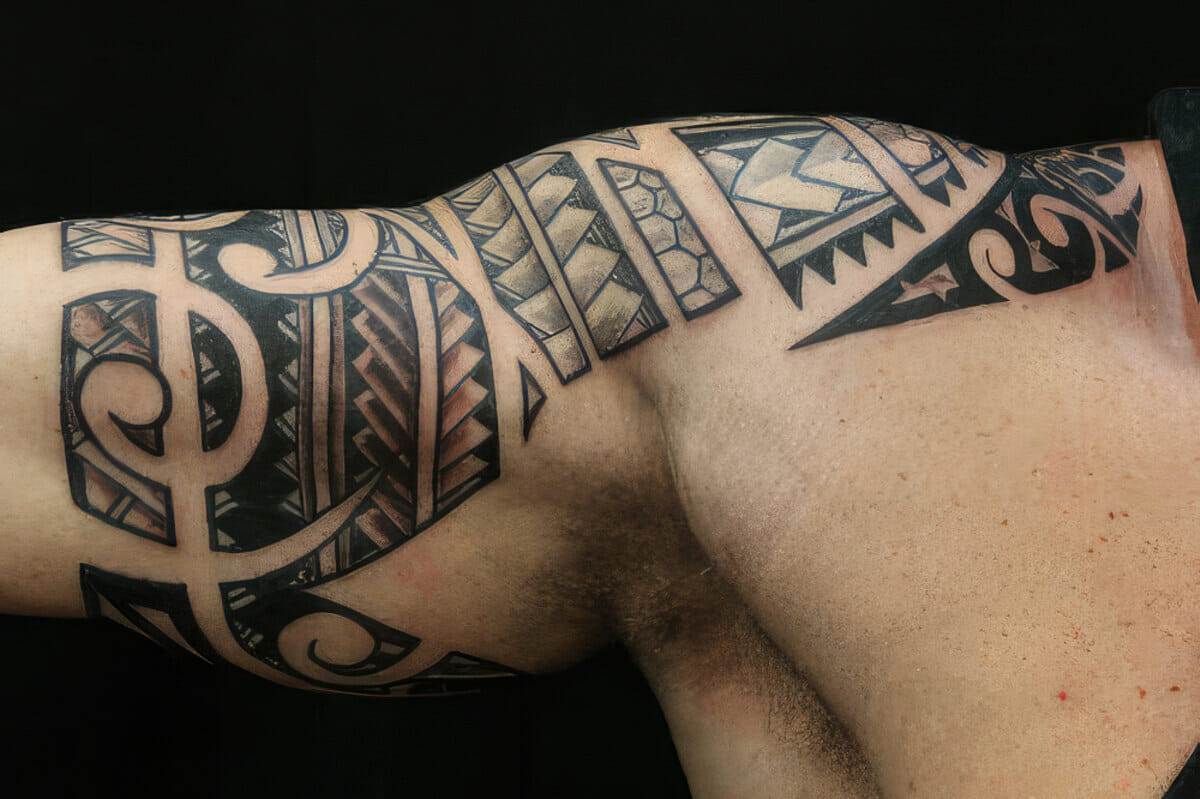
Communication is a vital aspect of any successful tattoo experience. Whether you are getting your first tattoo or adding to your existing collection, effective communication with your tattoo artist is crucial in ensuring that your vision is accurately translated onto your skin. Tattoo consultations provide an opportunity for you to discuss your ideas, preferences, and concerns with your artist, allowing them to understand your vision and provide their professional input. By establishing clear and open communication, you can work collaboratively with your tattoo artist to create a design that you will be proud to wear for a lifetime.
Preparing for the Consultation: What to Expect and What to Bring
During a tattoo consultation, you can expect to have an in-depth discussion with your tattoo artist about your desired design, placement, size, and any other relevant details. It is important to come prepared with reference images or examples of tattoos that inspire you. This will help your artist understand your aesthetic preferences and provide them with a starting point for creating a design that aligns with your vision.
In addition to reference images, it is also helpful to bring any specific ideas or concepts that you have in mind. This could include elements such as color schemes, symbolism, or personal stories that you want to incorporate into your tattoo. By providing as much information as possible, you give your tattoo artist a better understanding of what you are looking for and enable them to create a design that reflects your unique personality and style.
To prepare for the consultation, take some time to think about what you want from your tattoo. Consider the meaning behind the design, its significance to you, and how it fits into your overall aesthetic. This will help you articulate your ideas more clearly during the consultation and ensure that you and your tattoo artist are on the same page.
Building Rapport with Your Tattoo Artist: Establishing Trust and Open Communication
Building rapport with your tattoo artist is essential for establishing trust and open communication. Tattooing is a collaborative process, and having a good relationship with your artist can greatly enhance your overall experience. When you feel comfortable and at ease with your tattoo artist, you are more likely to communicate openly and honestly about your desires and concerns.
To establish trust and open communication, it is important to choose a tattoo artist who aligns with your style and aesthetic preferences. Take the time to research different artists, look at their portfolios, and read reviews from previous clients. This will give you an idea of their skill level, artistic style, and professionalism. When you find an artist whose work resonates with you, reach out to them to schedule a consultation.
During the consultation, be open and honest about your expectations, concerns, and any limitations you may have. This will help your tattoo artist understand your needs and provide appropriate guidance. Remember that your tattoo artist is a professional who has extensive experience in the field. Trust their expertise and be receptive to their suggestions and ideas. By working together as a team, you can create a design that exceeds your expectations.
Communicating Your Tattoo Ideas: How to Describe Your Vision Clearly and Effectively
Communicating your tattoo ideas clearly and effectively is crucial in ensuring that your vision is accurately translated onto your skin. Here are some tips for effectively communicating your tattoo ideas:
1. Be specific: Instead of saying “I want a flower tattoo,” provide more details such as the type of flower, its color, size, and placement on your body. The more specific you are, the better your tattoo artist can understand your vision.
2. Use visual aids: If you have reference images or examples of tattoos that inspire you, bring them to the consultation. Visual aids can help convey your ideas more clearly than words alone.
3. Explain the meaning: If there is a personal story or symbolism behind your tattoo, share it with your tattoo artist. Understanding the meaning behind the design can help them create a tattoo that is more meaningful and personalized to you.
4. Consider your lifestyle: Think about how your tattoo will fit into your everyday life. If you have a job with strict dress code policies, for example, you may need to consider the visibility of your tattoo and choose a placement that can be easily covered.
Remember that effective communication is a two-way street. Be open to feedback and suggestions from your tattoo artist, as they have the expertise to guide you in creating a design that will look great on your skin.
Listening to Your Tattoo Artist: Understanding Their Suggestions and Ideas
Listening to your tattoo artist is just as important as effectively communicating your own ideas. They are professionals who have extensive experience in the field and can provide valuable insights and suggestions to enhance your design. Here are some tips for understanding their suggestions and ideas:
1. Be open-minded: Approach the consultation with an open mind and be willing to consider alternative ideas or approaches. Your tattoo artist may have suggestions that you hadn’t considered, which could result in a design that exceeds your expectations.
2. Ask questions: If you don’t understand something or need clarification, don’t hesitate to ask questions. Your tattoo artist is there to guide you through the process and address any concerns or uncertainties you may have.
3. Trust their expertise: Remember that your tattoo artist has a wealth of knowledge and experience in the field. Trust their expertise and be receptive to their suggestions. They have your best interests at heart and want to create a tattoo that you will love.
By listening to your tattoo artist and being open to their suggestions, you can work collaboratively to create a design that reflects your vision while incorporating their professional input.
Managing Expectations: Discussing Realistic Outcomes and Limitations
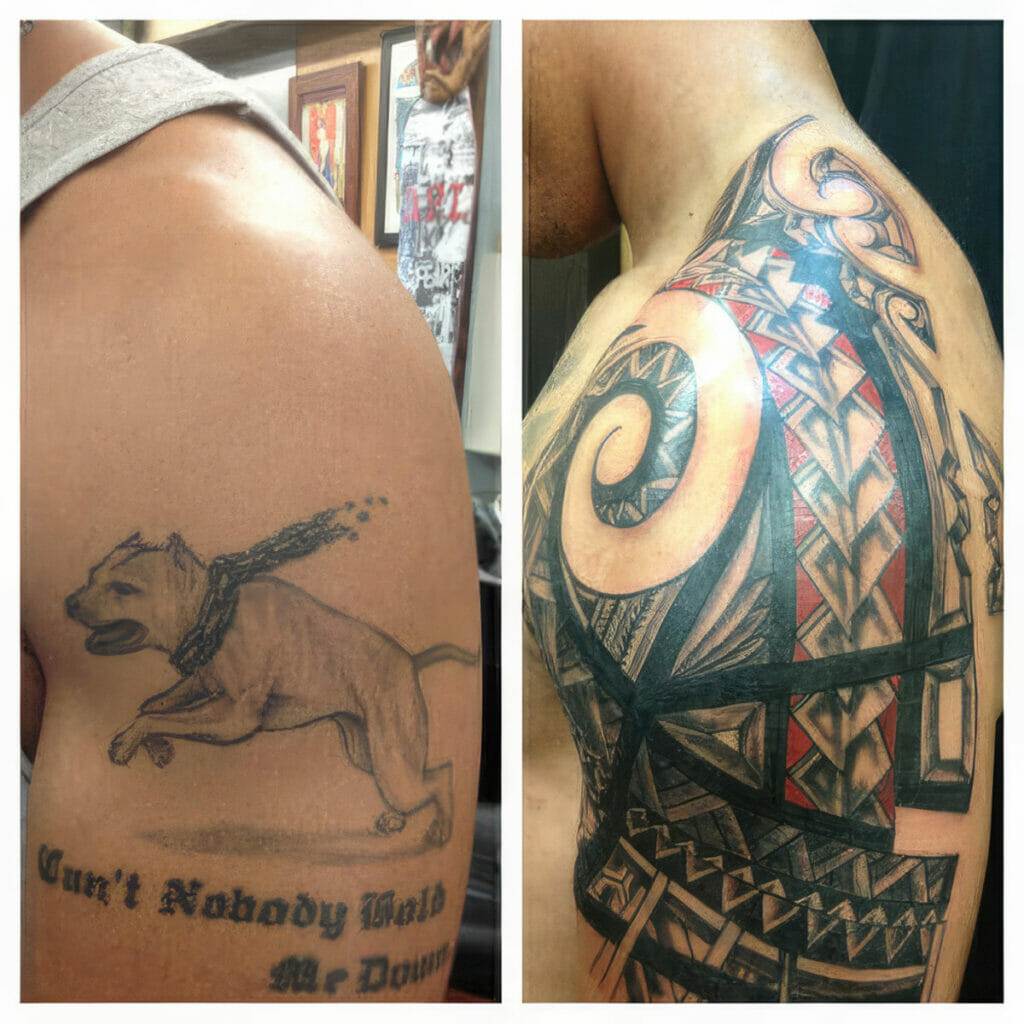
Managing expectations is an important aspect of the tattoo consultation process. It is crucial to have a realistic understanding of what can be achieved with a tattoo and to discuss any limitations or potential challenges with your tattoo artist. Here are some tips for managing expectations:
1. Understand the limitations of tattooing: Tattoos are permanent, but they do have limitations. Certain designs may not be feasible due to factors such as size, placement, or the condition of your skin. Discuss these limitations with your tattoo artist to ensure that your expectations align with what can be realistically achieved.
2. Consider the healing process: Tattoos go through a healing process, and the final result may not be immediately visible. Colors may appear more vibrant initially but fade slightly as the tattoo heals. Your tattoo artist can provide guidance on what to expect during the healing process and how to care for your tattoo to ensure optimal results.
3. Be open to adjustments: Sometimes, adjustments may need to be made to the design during the tattooing process. This could be due to factors such as the size and shape of your body, the way your skin takes ink, or other technical considerations. Trust your tattoo artist’s judgment and be open to making necessary adjustments to achieve the best possible outcome.
By discussing realistic outcomes and limitations with your tattoo artist, you can ensure that you have a clear understanding of what to expect from your tattoo and avoid any potential disappointments.
Addressing Concerns and Questions: Asking for Clarification and Providing Feedback
During the consultation, it is important to address any concerns or questions you may have. Effective communication involves asking for clarification when needed and providing feedback to ensure that your needs are met. Here are some tips for addressing concerns and questions:
1. Be proactive: If something is unclear or you have concerns about the design or process, speak up. Your tattoo artist is there to guide you through the process and address any uncertainties you may have.
2. Ask for clarification: If you don’t understand something, ask for clarification. Your tattoo artist can explain any technical terms or concepts that may be unfamiliar to you.
3. Provide feedback: If you have any feedback or suggestions for the design, don’t hesitate to share them. Your tattoo artist wants to create a tattoo that you will love, so your input is valuable.
Open and honest communication during the consultation is crucial in ensuring that your concerns are addressed and that you feel comfortable and confident moving forward with your tattoo.
Negotiating the Price: Communicating Your Budget and Understanding the Cost of Your Tattoo
Negotiating the price of your tattoo is an important aspect of the consultation process. It is essential to communicate your budget to your tattoo artist and have a clear understanding of the cost of your tattoo. Here are some tips for negotiating the price:
1. Be upfront about your budget: Communicate your budget to your tattoo artist at the beginning of the consultation. This will help them create a design that aligns with your financial constraints.
2. Understand the factors that influence cost: The cost of a tattoo can vary depending on factors such as size, complexity, placement, and the experience level of the artist. Discuss these factors with your tattoo artist to gain a better understanding of how they may impact the price.
3. Consider quality over price: While it is important to stay within your budget, remember that quality should be a priority when it comes to tattoos. A skilled and experienced artist may charge more, but their expertise can result in a higher quality tattoo that you will be proud to wear for a lifetime.
By openly discussing your budget and understanding the cost factors involved, you can negotiate a price that works for both you and your tattoo artist.
Finalizing the Design: Approving the Sketch and Making Necessary Changes
Finalizing the design of your tattoo is an important step in the consultation process. It is crucial to be satisfied with the final design before moving forward with the tattoo session. Here are some tips for finalizing the design:
1. Review the sketch: Your tattoo artist will provide you with a sketch of the design based on your consultation. Take the time to carefully review the sketch and ensure that it accurately reflects your vision.
2. Provide feedback: If there are any changes or adjustments you would like to make to the design, provide feedback to your tattoo artist. They can make necessary revisions to ensure that the final design meets your expectations.
3. Be open to suggestions: Your tattoo artist may have suggestions or adjustments to the design that could enhance its overall aesthetic or functionality. Be open to their input and consider their suggestions before finalizing the design.
By taking the time to review and provide feedback on the sketch, you can ensure that you are satisfied with the final design before proceeding with the tattoo session.
Preparing for the Tattoo Session: Understanding Aftercare and What to Expect During the Process
Preparing for the tattoo session involves understanding aftercare and knowing what to expect during the process. Here are some tips for preparing for the tattoo session:
1. Follow aftercare instructions: Your tattoo artist will provide you with aftercare instructions to ensure proper healing and longevity of your tattoo. Familiarize yourself with these instructions and follow them diligently.
2. Prepare mentally and physically: Getting a tattoo can be a physically and mentally demanding process. Make sure you are well-rested, hydrated, and have eaten a good meal before your appointment. This will help you stay comfortable during the session.
3. Communicate any concerns: If you have any concerns or questions about the tattoo process, address them with your tattoo artist before the session begins. They can provide reassurance and answer any last-minute queries you may have.
During the tattoo session, communicate openly with your tattoo artist if you experience any discomfort or need breaks. Effective communication during this time can help ensure a smooth and comfortable experience.
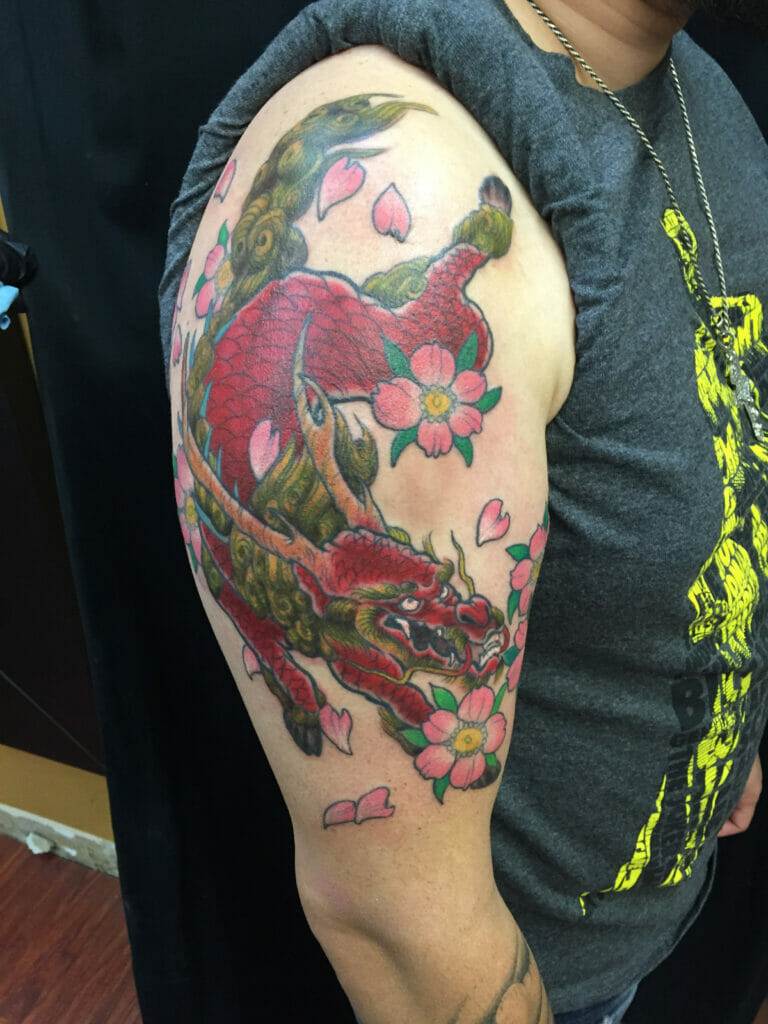
The Importance of Communication in Achieving a Successful Tattoo Experience
In conclusion, effective communication is crucial in achieving a successful tattoo experience. By understanding the importance of communication in tattoo consultations, preparing for the consultation, building rapport with your tattoo artist, communicating your tattoo ideas clearly and effectively, listening to your tattoo artist, managing expectations, addressing concerns and questions, negotiating the price, finalizing the design, and preparing for the tattoo session, you can ensure that your vision is accurately translated onto your skin.
Remember that effective communication is a two-way street. Be open and honest with your tattoo artist, listen to their suggestions and ideas, and provide feedback when necessary. By working collaboratively with your tattoo artist and establishing trust and open communication, you can create a design that you will be proud to wear for a lifetime.
